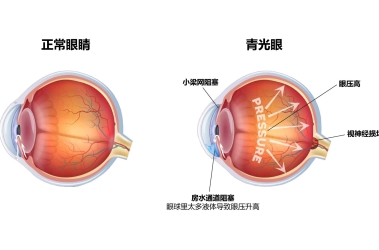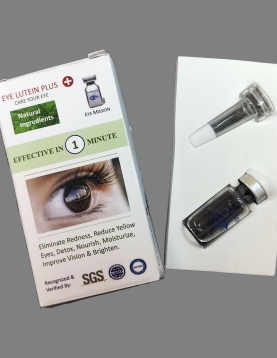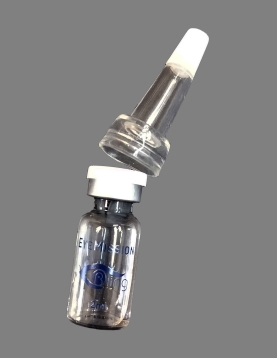
About Glaucoma
Glaucoma, commonly known as "eye pressure", is damage to the optic nerve due to frequent increases in intraocular pressure. As a result, the field of view of a person gradually narrows. Glaucoma, an insidious disease that manifests itself in the last stages of the disease, can cause severe damage to the optic nerve that cannot be repaired if diagnosed late.
How does glaucoma (eye pressure) occur?
People with higher than normal eye pressure have a higher risk of developing glaucoma, but this does not mean that all people with high eye pressure can develop glaucoma. Glaucoma can develop for many reasons. A fluid called aqueous humor is produced inside the choroid of the eye. There is a balanced pressure that occurs when this produced fluid exits the eye. This pressure is a necessary condition for maintaining the integrity of the eye. When this fluid is not enough, it accumulates in the eye, causing an increase in pressure and damaging the optic nerves.
Who gets glaucoma?
Glaucoma may be related to genetics. People with a family history of glaucoma are at a higher risk of developing it. In other words, one or more genes may be defective and these individuals may become more susceptible to the disease.
People over the age of 40 have an increased risk of developing glaucoma.
Causes of glaucoma
Patients with diabetes and hypothyroidism (goiter) are at a higher risk of developing glaucoma.
Serious eye injuries can cause an increase in intraocular pressure. Other risk factors include retinal detachment, eye tumors, and eye inflammation such as chronic uveitis or iritis. Some eye surgeries can also trigger the development of secondary glaucoma.
The incidence of glaucoma has roughly doubled in myopia, which is commonly known as nearsightedness.
Long-term use of cortisone (in the form of drops, oral preparation or skin cream, etc.) can cause the development of secondary glaucoma.
For people with these characteristics, it is important to have regular eye examinations for early detection of damage to the optic nerve.
Symptoms of glaucoma
- Headaches that come on in the morning
- Occasionally blurred vision
- Luminous rings around lights at night
- Pain around the eyes when watching TV
What factors increase the risk of glaucoma?
- Having a family history of glaucoma (genetic predisposition)
- Age over 40
- Diabetes
- Severe anemia or shock
- High-low systemic blood pressure (body blood pressure)
- High myopia
- High hypermetropia
- Migraine
- Long-term cortisone treatment
- Eye injuries
- Racial factors
Since the risk of developing glaucoma in people with these characteristics is higher than usual, these people should have regular eye examinations for early detection of damage to the optic nerve.
Tags:Glaucomaeye pressure









![[PROMOTION TWIN PACK] Novavita Venture MEN & WOMEN [PROMOTION TWIN PACK] Novavita Venture MEN & WOMEN](https://hhsmsb.com/image/cache/catalog/promotion/twinpackmen_women-100x125.jpg)







Write a comment